Experiencing the 'No Internet, Secured' error in Windows 11 can be perplexing. This message appears when your device connects to a WiFi network but cannot access the internet. Various factors, such as network misconfigurations or outdated drivers, can cause this issue. Thankfully, several solutions can help you restore your internet connection.
Method 1: Reset TCP/IP, Firewall Settings, and More Using the Command Prompt
Resetting network components like TCP/IP settings, DNS configurations, and firewall settings can resolve connectivity issues.
Step 1: Open the Start Menu and type Terminal in the search bar. Right-click on the 'Terminal' app and select 'Run as administrator'. This action will prompt a User Account Control (UAC) window.
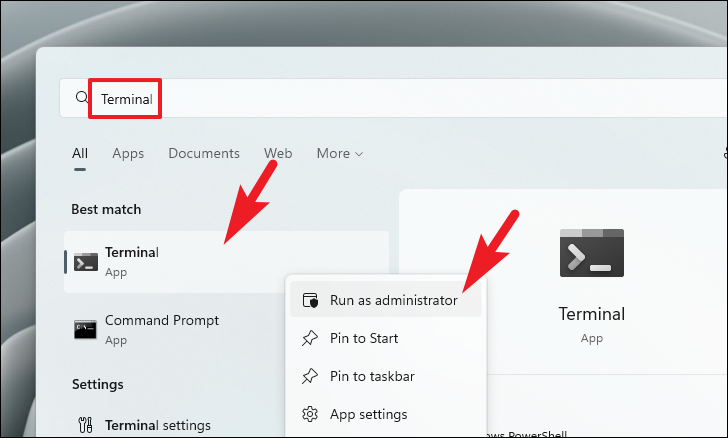
Step 2: In the UAC prompt, click 'Yes' to proceed. If you're not logged in as an administrator, enter the administrator credentials.
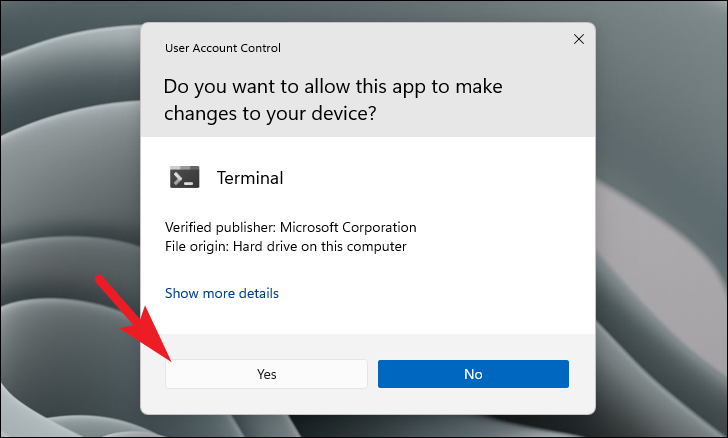
Step 3: In the Terminal window, click the downward arrow (chevron) on the tab bar and select 'Command Prompt' to open a new Command Prompt tab. Alternatively, press Ctrl+Shift+2 on your keyboard.

Step 4: In the Command Prompt window, type or paste the following command and press Enter to reset the TCP/IP stack:
netsh int ip reset
Step 5: Execute the following commands one by one, pressing Enter after each:
netsh advfirewall resetnetsh winsock resetipconfig /flushdnsipconfig /releaseipconfig /renew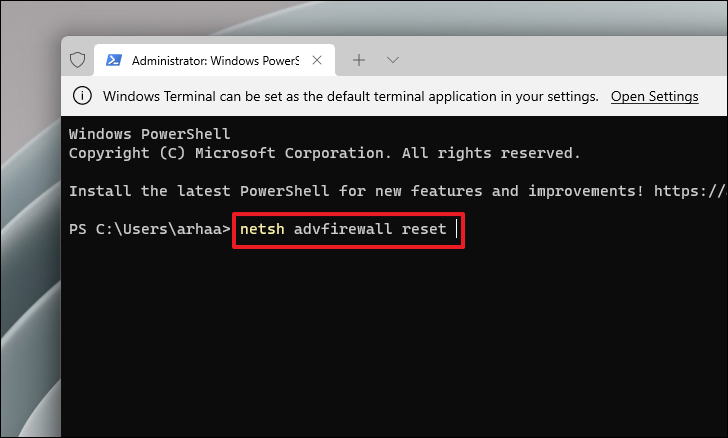
Step 6: After running all the commands, restart your computer by going to the Start Menu and selecting 'Restart'.

Once your PC restarts, check if your internet connection has been restored.
Method 2: Update Your Network Drivers
Outdated or corrupted network drivers can prevent your device from connecting to the internet. Updating these drivers may resolve the issue.
Step 1: Open the Start Menu and type Device Manager in the search bar. Click on the 'Device Manager' app from the results.
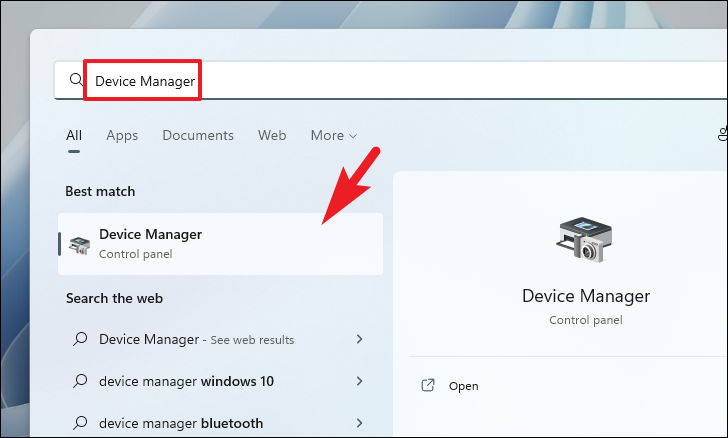
Step 2: In the Device Manager window, expand the 'Network adapters' category. Right-click on your WiFi adapter and select 'Update driver'.
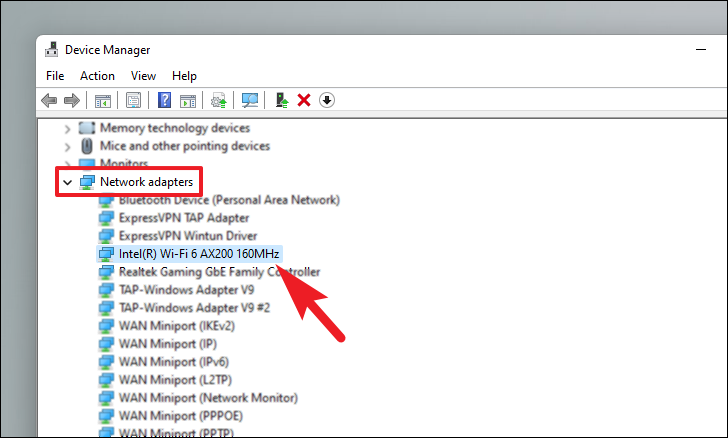
Step 3: Choose 'Search automatically for drivers' to let Windows find and install the latest driver.
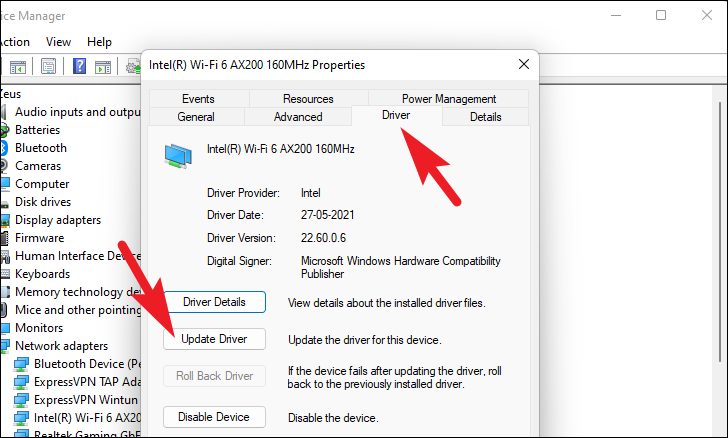
Step 4: If Windows doesn't find an update, you can download the latest driver from the manufacturer's website. If you have the driver file, select 'Browse my computer for drivers' and navigate to it.
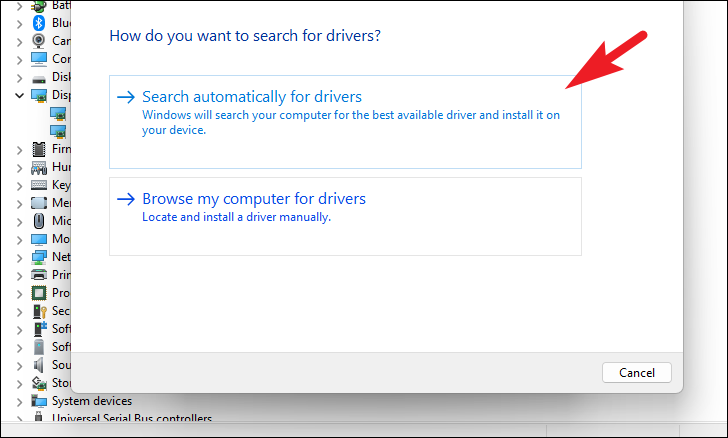
After updating, restart your computer and see if the error persists.
Method 3: Run Internet Connections and Network Adapter Troubleshooter
Windows 11 has built-in troubleshooters that can automatically detect and fix network issues.
Step 1: Open the Start Menu and click on the 'Settings' app.
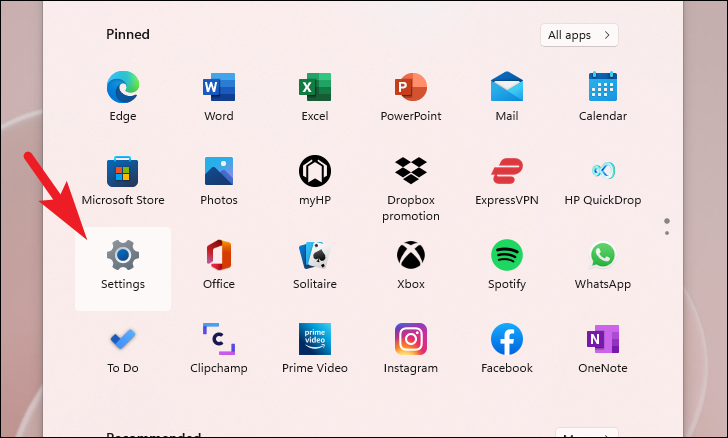
Step 2: In Settings, select the 'System' tab from the left sidebar.

Step 3: Scroll down and click on 'Troubleshoot'.

Step 4: Click on 'Other troubleshooters'.

Step 5: Find 'Internet Connections' and click 'Run' next to it.
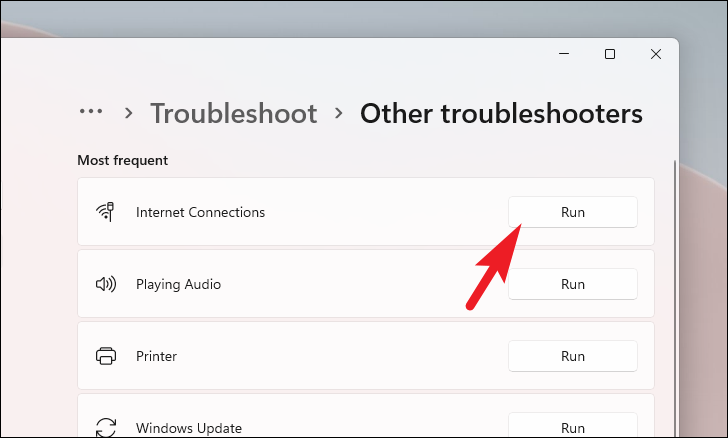
Step 6: In the troubleshooter window, select 'Troubleshoot my connection to the Internet'. Windows will attempt to fix any detected issues.
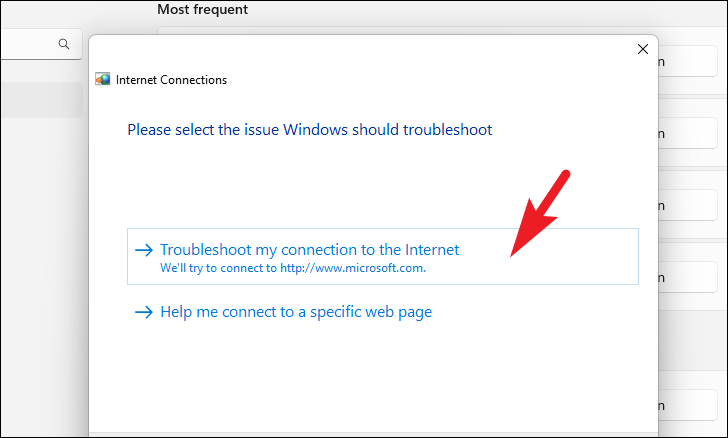
Step 7: If the problem remains, run the 'Network Adapter' troubleshooter by clicking 'Run' next to it.
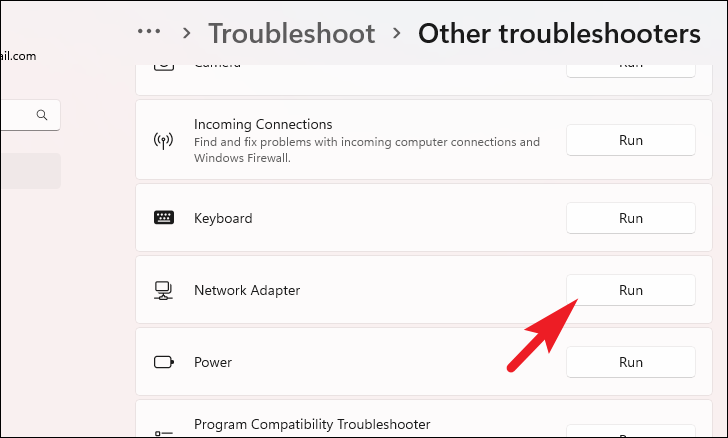
Step 8: Select 'Wi-Fi' and click 'Next' to let Windows diagnose and fix issues with your wireless adapter.
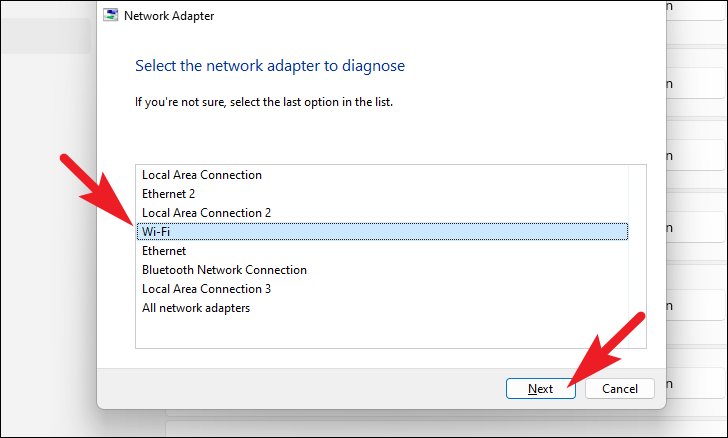
After the troubleshooters finish, try reconnecting to your WiFi network.
Method 4: Disable IPv6 Option from Adapter Settings
Disabling the IPv6 protocol can sometimes resolve connectivity issues, especially if your network doesn't support IPv6.
Step 1: Open the Start Menu and select 'Settings'.
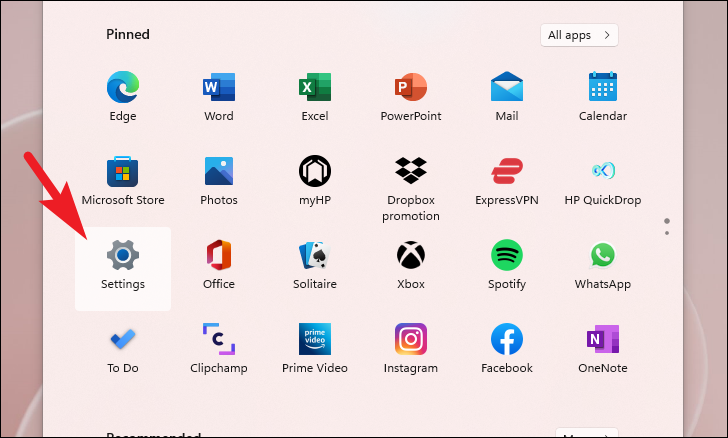
Step 2: In Settings, click on 'Network & internet' from the left sidebar.
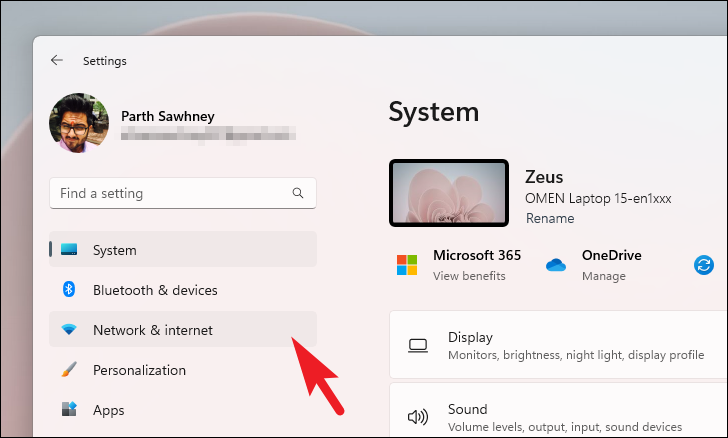
Step 3: Scroll down and select 'Advanced network settings'.
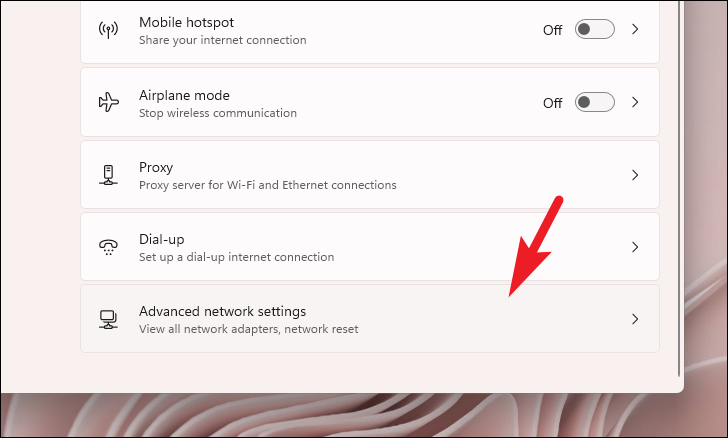
Step 4: Under 'Related settings', click on 'More network adapter options'. A new window will open.
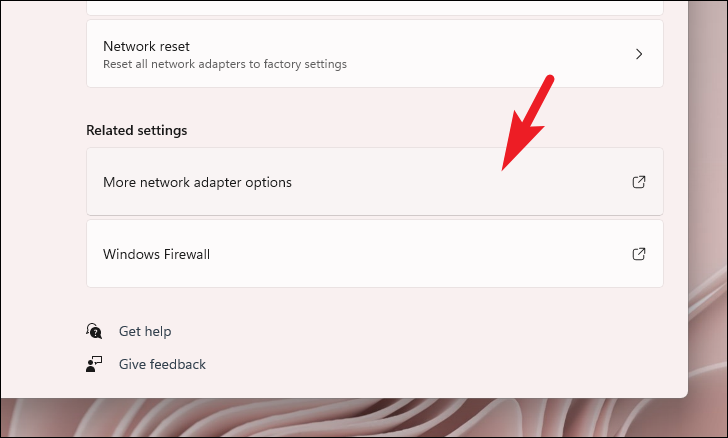
Step 5: In the Network Connections window, right-click on 'Wi-Fi' and select 'Properties'.
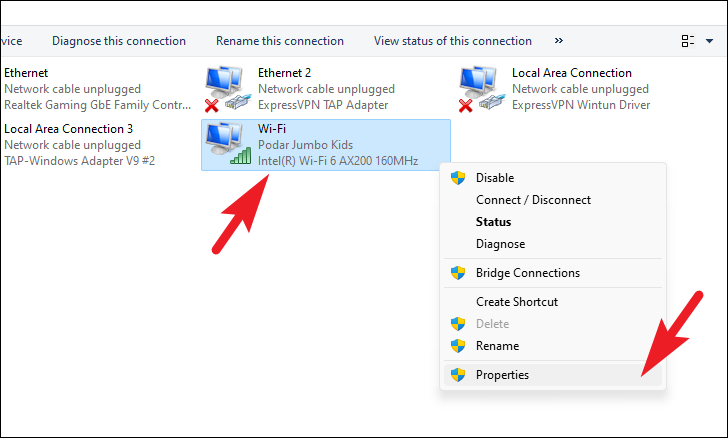
Step 6: In the Wi-Fi Properties window, uncheck 'Internet Protocol Version 6 (TCP/IPv6)'. Click 'OK' to apply the changes.
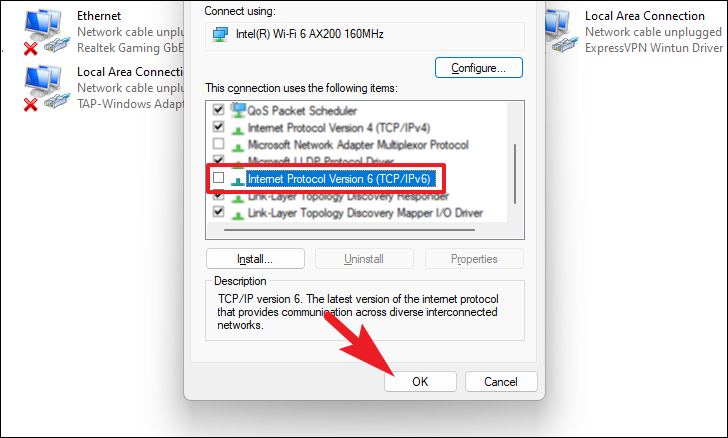
Reconnect to your WiFi network to see if the issue is resolved.
Method 5: Change Power Management Settings
On laptops, power management settings can disable the WiFi adapter to save power, causing connectivity problems.
Step 1: Open the Start Menu and type Control Panel in the search bar. Click on 'Control Panel' in the results.
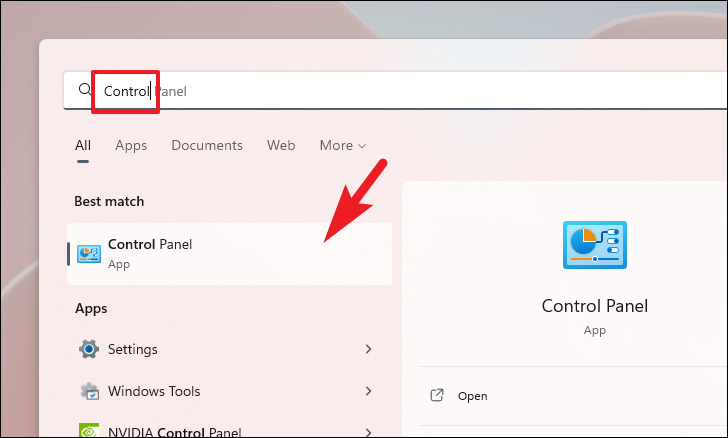
Step 2: In Control Panel, select 'Power Options'.
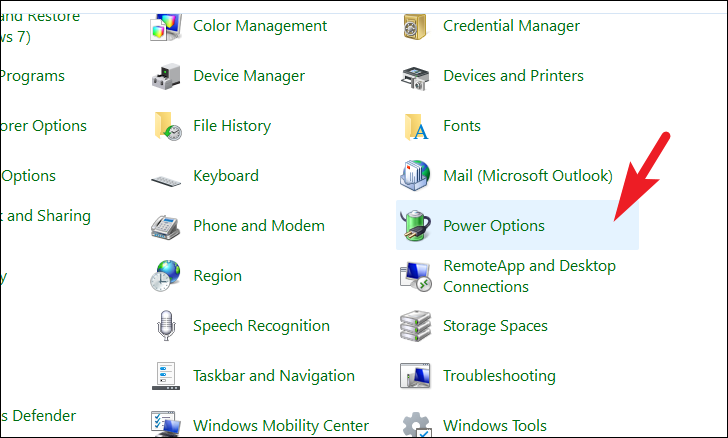
Step 3: Identify your active power plan and click 'Change plan settings' next to it.
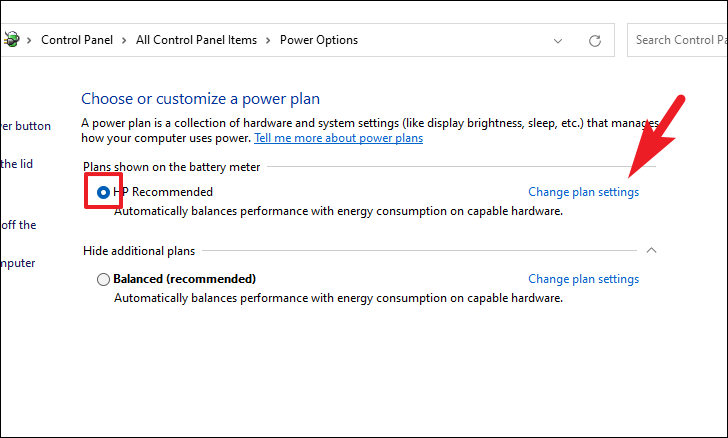
Step 4: Click on 'Change advanced power settings'.

Step 5: Expand 'Wireless Adapter Settings' by clicking the '+' icon.

Step 6: Expand 'Power Saving Mode' and set both 'On battery' and 'Plugged in' to 'Maximum Performance'.
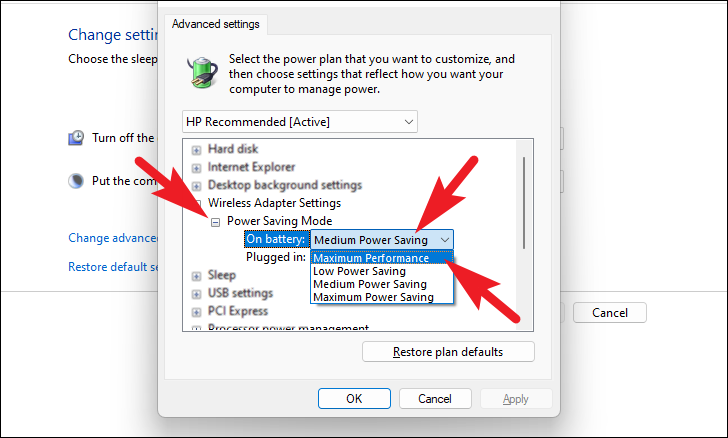
Step 7: Click 'Apply' and then 'OK' to save the changes.
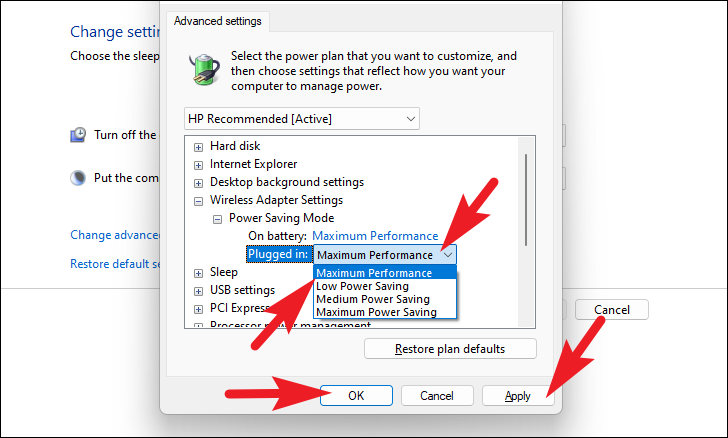
Check if your WiFi connection is now stable.
Method 6: Reinstall All Network Adapters
If previous methods haven't worked, reinstalling your network adapters may help. Note that this will remove all saved WiFi networks and passwords.
Step 1: Open the Start Menu and select 'Settings'.
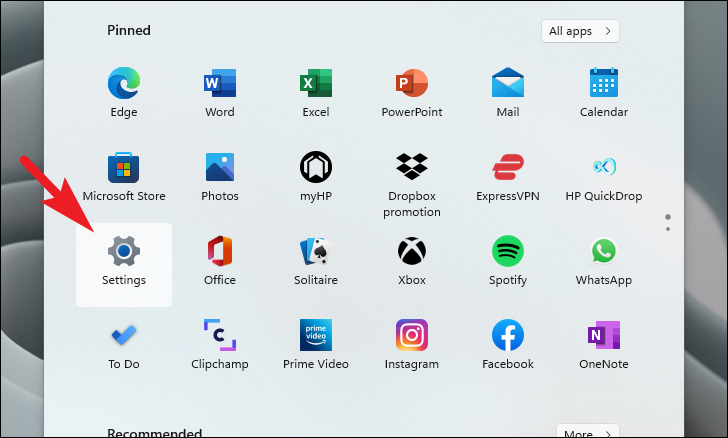
Step 2: In Settings, click on 'Network & internet' from the left sidebar.
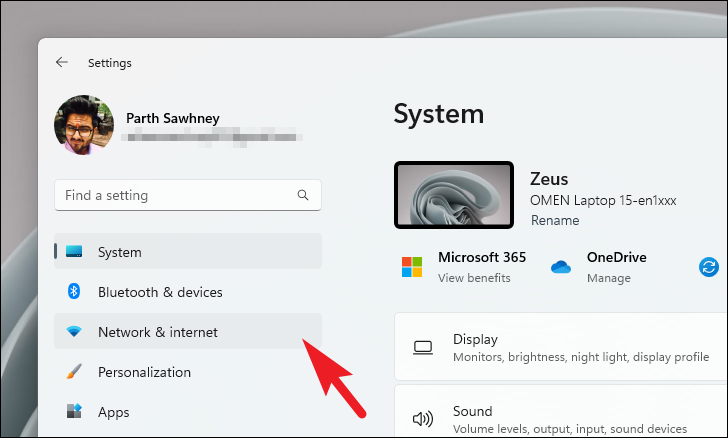
Step 3: Scroll down and select 'Advanced network settings'.

Step 4: Under 'More settings', click on 'Network reset'.
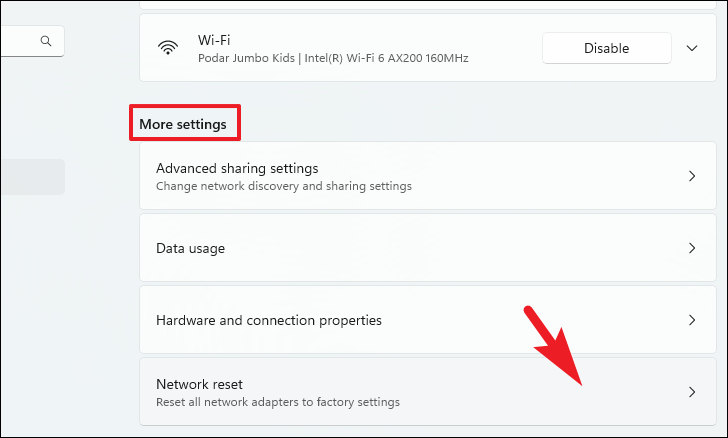
Step 5: Click 'Reset now' to start the process. Your PC will restart automatically.
Note: This action will uninstall and reinstall all your network adapters. It will also remove any VPN software or virtual switches installed on your system.

After restarting, reconnect to your WiFi network using your password.
By following these methods, you should be able to fix the 'No Internet, Secured' error in Windows 11 and regain access to the internet.

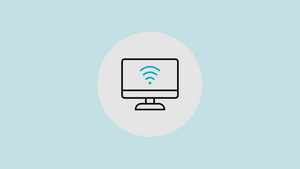




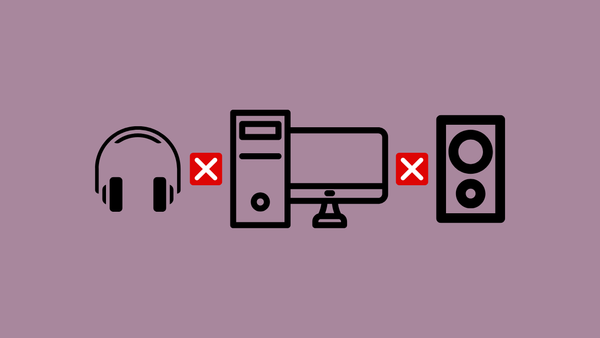
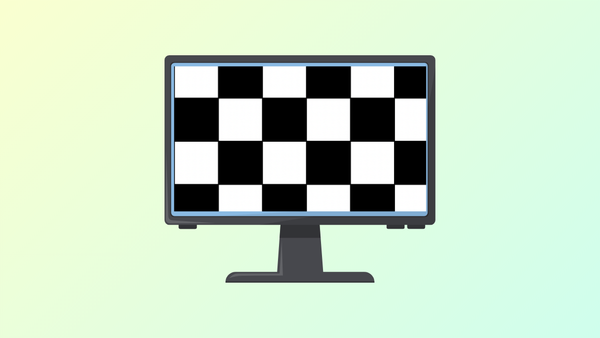
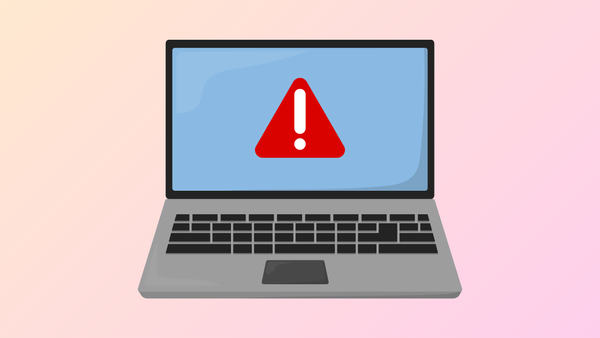

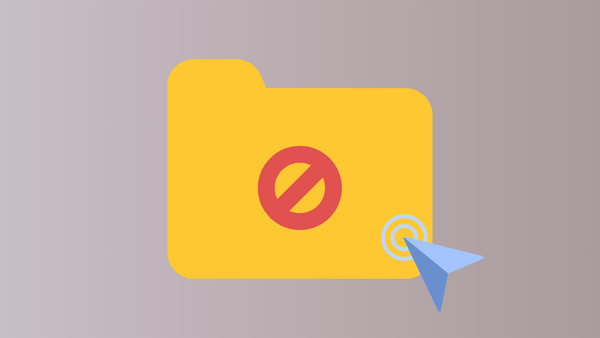
Member discussion